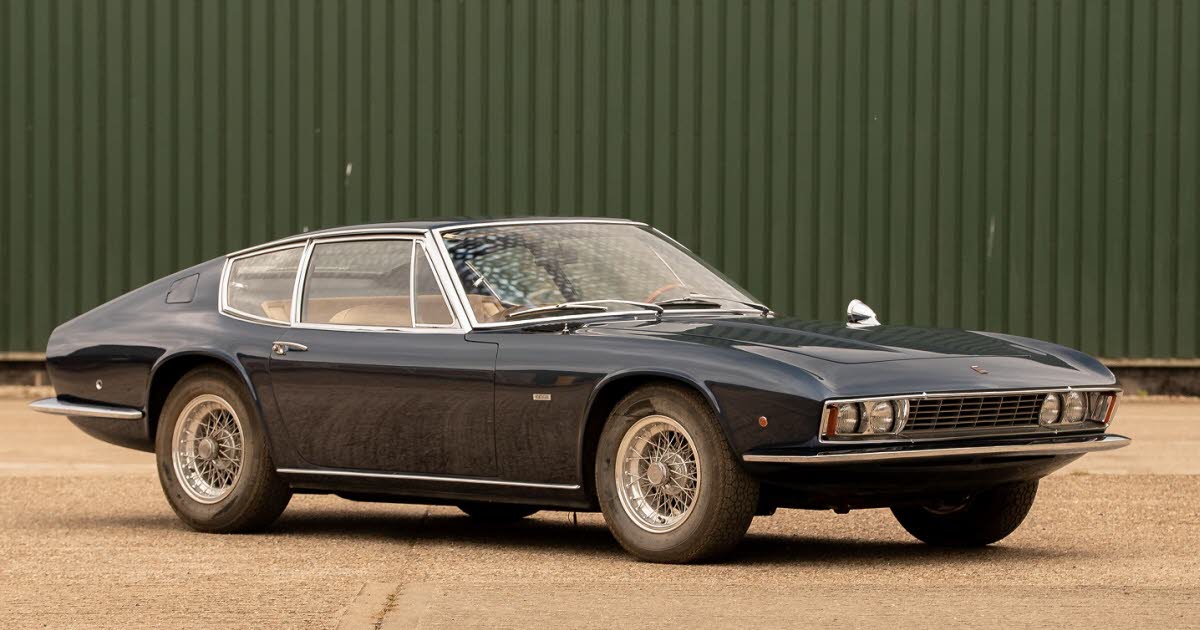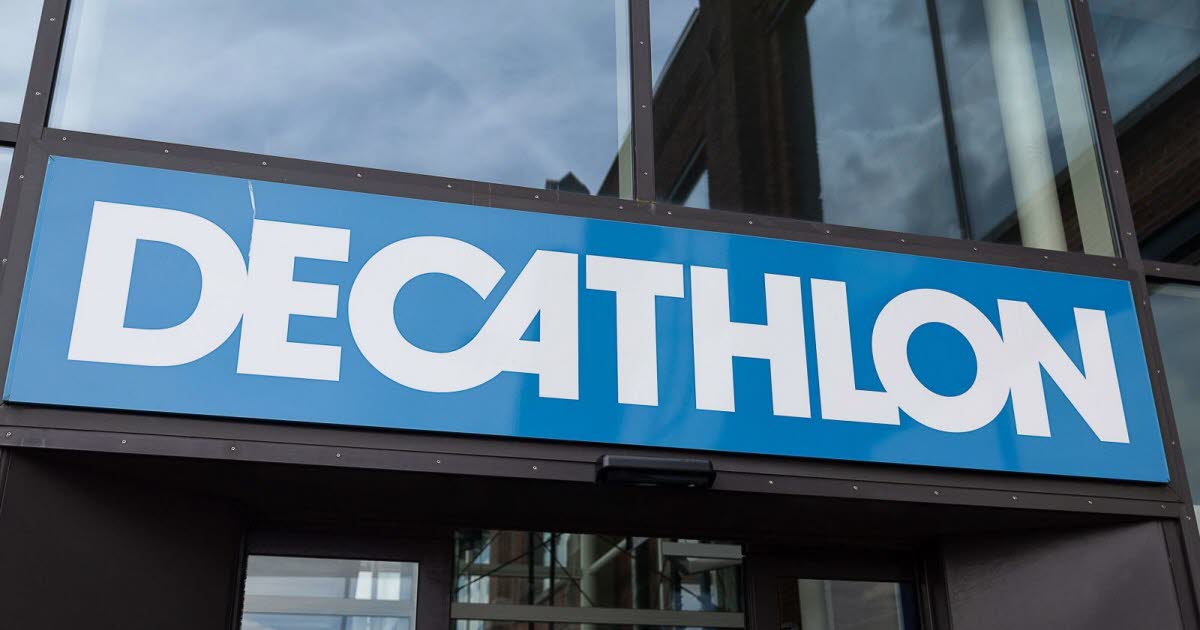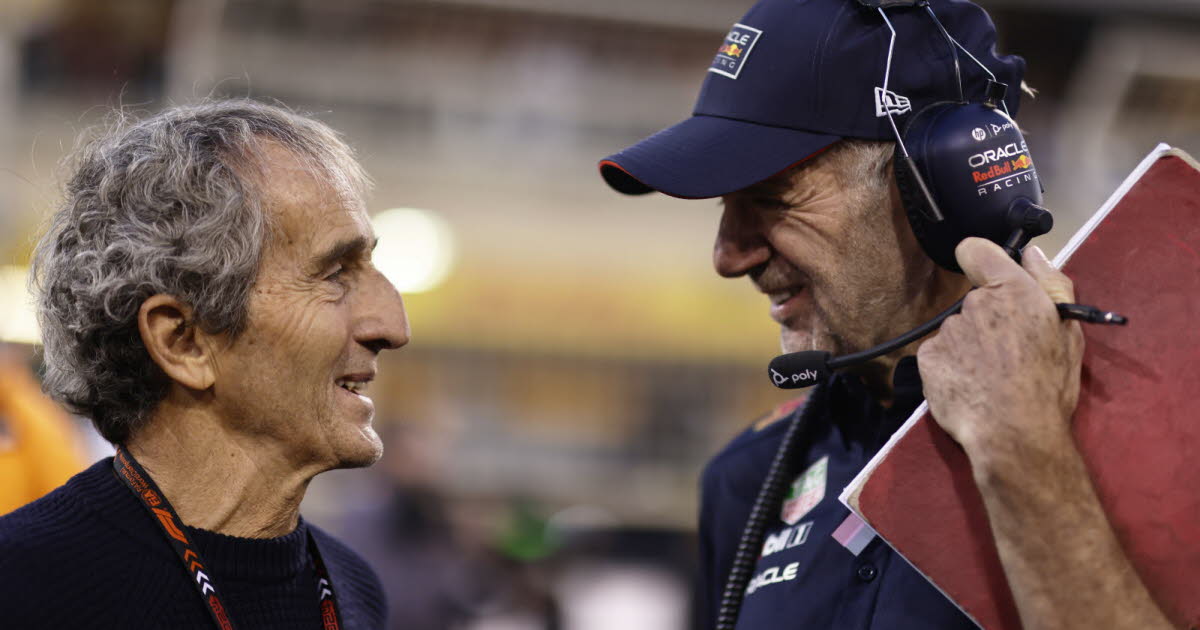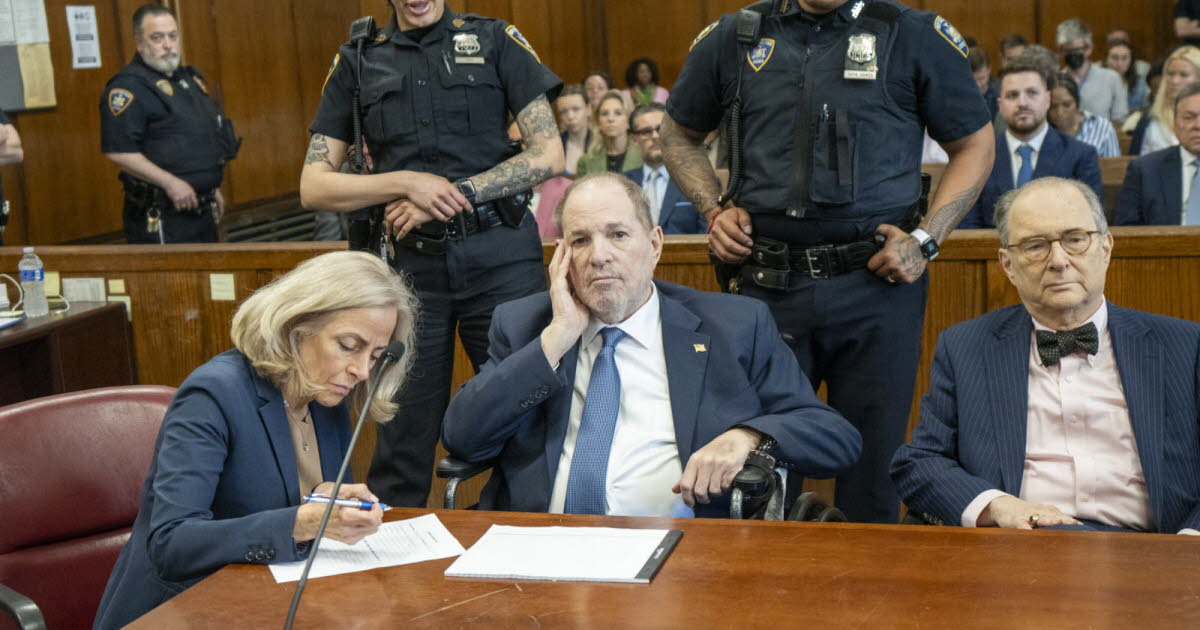Born in 1934, Peter Monteverdi fell into the cauldron of automotive magic potion at a very young age. In 1951, he played with a damaged Fiat, which he transformed into a sports car…
His father was responsible for a car garage in Binningen (near Basel), which diversified into selling luxury cars.
First pilot
When he died in 1956, Peter Monteverdi took over the company and started motor racing with a company called MBM: Monteverdi Binningen Motors.
He designed and built Formula Junior cars and then began designing the first Swiss Formula 1 in 1961.
Monteverdi is not afraid
The MBM was due to appear at the 1961 German Grand Prix, but the car was never ready; Peter Monteverdi stops the project but continues to race until a major accident in 1962.
His fame in motorsport spread and Enzo Ferrari offered to distribute the brand of prancing horses. At the same time, it closes the MBM.
In 1964, there was already a disagreement with Ferrari and Monteverdi lost the Ferrari dealership. Never mind, he’s created his own brand building large, luxury sports cars.
Her name ? Monteverdi, which sounds like an Italian surname.
1966, the first car
In 1966, he started the project of a luxury sports car with reduced production costs. The chassis is being studied locally at the stage: Stahlbau, which will create a robust chassis part on which the 7.2-liter Chrysler V8 with 375 horsepower will be installed.
For the body, Monteverdi will offer the services of Pietro Frua (creator of the Maserati Mistral). It was at the Frankfurt Motor Show in 1967 that the Highspeed 375 was introduced as a two-seater coupe and its dynamic style was popular.
Failures with Frua…
Collaboration only takes a moment. In 1969, Monteverdi anticipated an increase in production and sent Fru’s plans to the Turin body shop of Bernardo Fissor.
Since Peter Monteverdi did not pay for the first 12 bodies, Frua goes to court and wins. Production was blocked and Monteverdi was forced to order a new design from Fissore.
Monteverdi, gifted with a strong character, intervened in the design and claimed authorship of the 375S Fissore version; despite lagging performance, it claims the fastest speed in the world for its new 375S.
The production highlights the 2+2 375 L coupe built on the same basis as the 375 S. It will sell for around a hundred against 6 short versions.
375 is stretched and revealed
In 1970, Monteverdi embarked on a new production: the Hai 450 SS, a kind of Mercedes C111 with a multi-tube chassis, which was presented at the Geneva Motor Show.
Only one or two prototypes will be built. In the same year, the 375 was released in a convertible version with only six units.
The 375/4 limousine will sell particularly well, with around 35 examples, many of which will go to the Gulf countries.
The wheelbase is extended to 3.15 m and the car has four doors and a luxurious interior: leather, air conditioning, electric windows, etc.
Mandatory diversification
The early seventies shuffled the cards. The first oil shock condemns vehicles that use the most fuel; bad luck for Monteverdi, who has to save his brand.
It will be used on Plymouth counters (the Chrysler brand that supplies the V8) and will rebadge the Volaré with a few aesthetic tweaks such as original Renault taillights…
Recover if you hold us. The original Chrysler 5.2-liter V8 develops 152 horsepower, and the 5.9-liter flirts with 180 horsepower. Monteverdi will sell 35 Sierras before switching to 4×4.
Sahara and Safari, an adaptation of a well-known base
Peter Monteverdi smelled the real thing better than anyone else: luxury 4x4s and SUVs. To present the Sahara in 1977, it will use the underside of an International Harvester Scout (IH is an American giant in the field of agricultural machinery).
A 4×4 that differs very little from its parent. The Sahara will then go to Fissore, making the machine more luxurious: the Safari.
Several hundred examples of these two models may have been sold before Land Rover released its Range Rover in a luxury five-door version (designed by Monteverdi and Fissore).
The end of the 4×4 adventure for Monteverdi. In 1982 production was stopped and in 1984 bankruptcy was declared.
Detour via Formula 1
Nothing seems to stop Peter Monteverdi. In early 1990, he bought the Onyx F1 team, whose owner was in legal trouble. Monteverdi likes radical decisions.
He fires engineer Alan Jenkis, pushes Stefan Johansson to the exit and takes the technical direction of a team joined only by JJ Lehto and an unknown driver… the Swiss.
The car is not good and the best finish in Monaco is seventh. At the German Grand Prix, the team is called Monteverdi, but there are no spare parts or used parts anymore. Peter Monteverdi throws in the towel.
Last try
In 1992, Monteverdi will try again: turning the Monteverdi ORE-1B (the former Onyx with a Ford engine) into a supercar. This will be the birth of the Monteverdi Hai 650 F1.
It does not attract any customers with its Kevlar shell. Peter Monteverdi, who never had to personally suffer the failures of his companies, died in 1998 after turning his factory into a personal museum.




